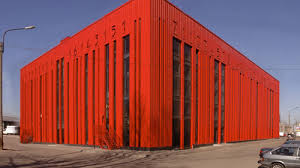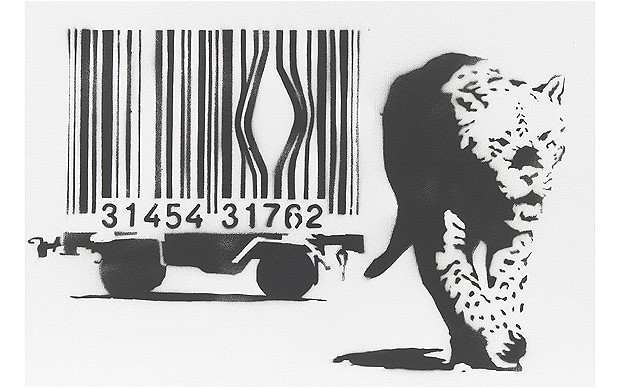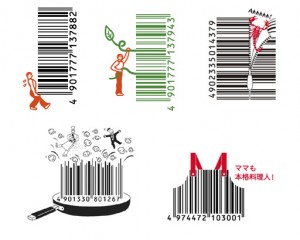Art and Barcodes
The Universal Product Code (UPC) (the Barcode we are familiar with today) first appeared just 39 years ago in 1974 but can today be found gracing all manner of objects in our day to day lives. Whilst it is not surprising to find row upon row of barcodes on the supermarket shelves, these functional objects are being beautified and brought to new heights in a number of fascinating and creative ways;
- A few years back the National Film Board of Canada launched codebarre.tv in a project involving ARTE France. This website allows users to watch films about everyday objects by scanning barcodes with their mobile app which in turn brings up short documentary films relating to these objects. Their website allows you to play around with this concept to, but just by inputting the names of objects rather than scanning them (and thereby slightly altering the nature of the project!).
- This shopping centre in St Petersburgh is a shrine to the barcode, with the tall lines of the barcode being the windows of the shopping centre. The design even features the numbers across the top of the barcode for a truly authentic look:

- Banksy’s art has featured barcodes as a way to make statements against consumerist society:

- A number of brands have started to use ‘fun barcodes’ in order to make a necessary and functional part of their packing look somewhat more individual and pleasing. Japanese firm ‘D-Barcode’ specialise in creating these fun and visually pleasing barcodes such as these examples below:

- Artist Scott Blake’s work centres around barcodes including QR codes. His website features a range of barcode inspired work including a series of portraits constructed from barcodes. One particularly witty portrait features the face of Andy Warhol, constructed from the barcodes found on tins of Campbell’s soup. The portrait can be scanned using a handheld barcode reader to reveal which variety of Campbell’s soup the barcode came from and to trigger the play of a short video of that soup being poured into a bowl.
These are just some of the examples of how the everyday barcode has been brought to a more aesthetically pleasing level, both for practical purposes and through incorporation in artwork and architecture. It’s amazing what can be done with the aesthetics of such a functional object!